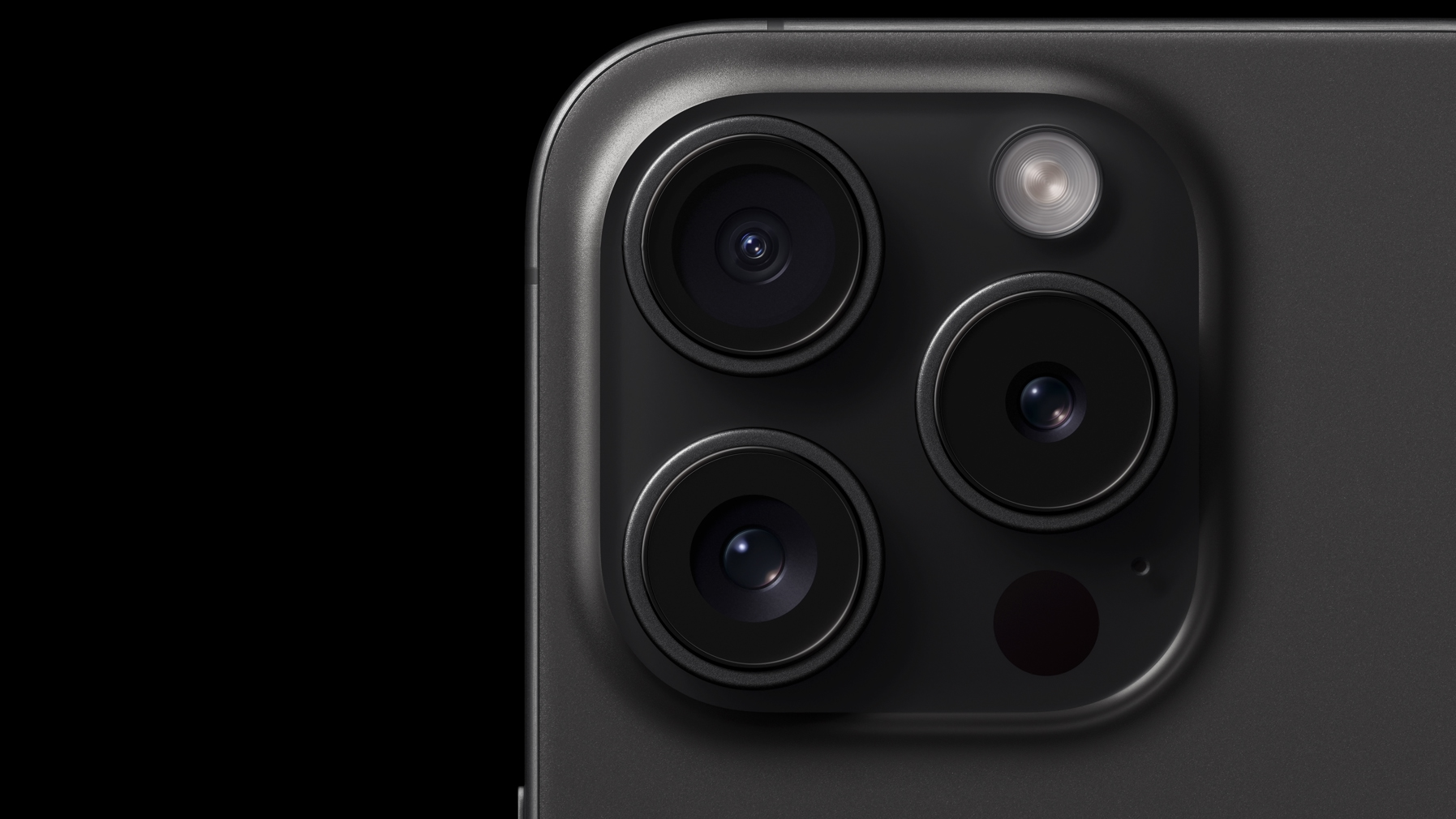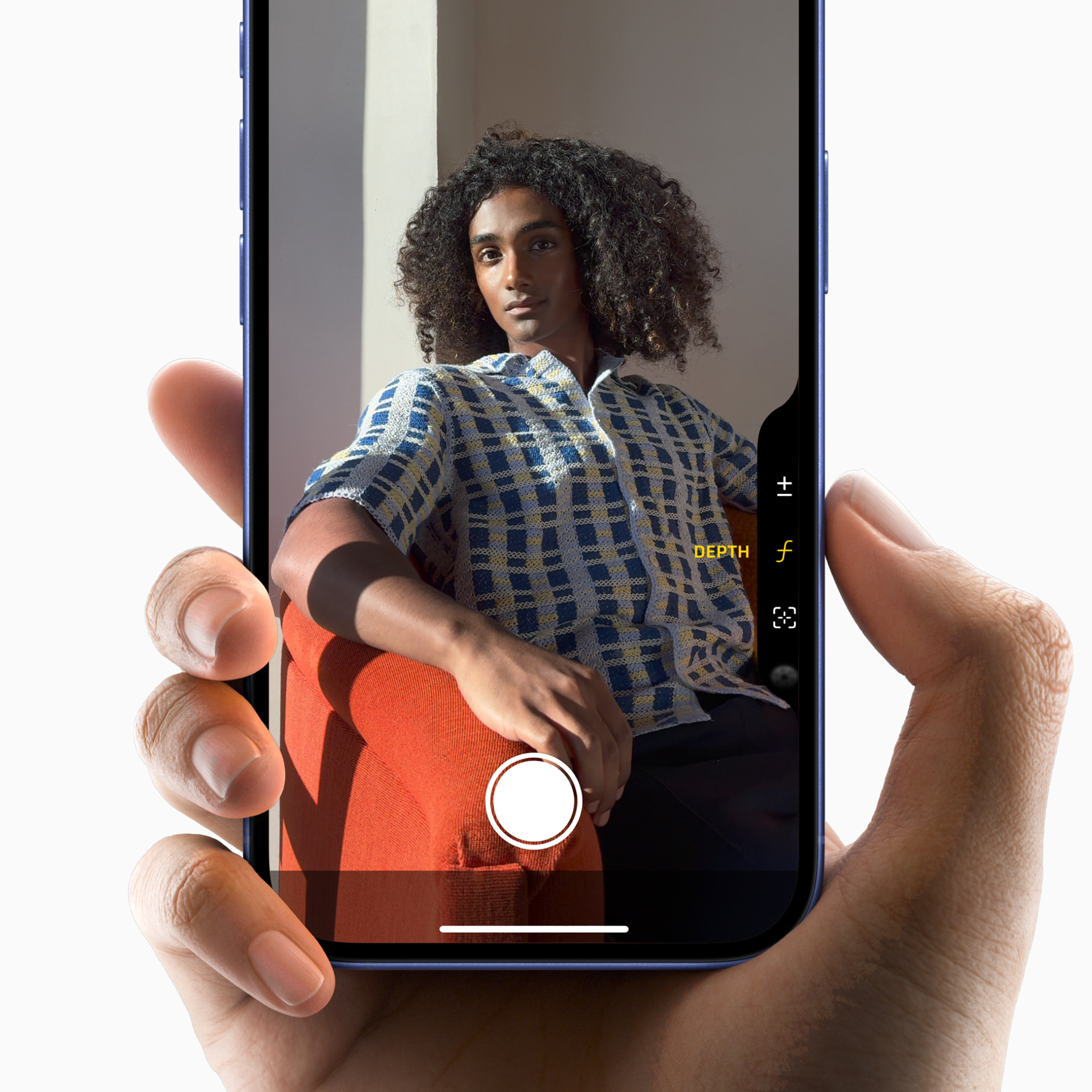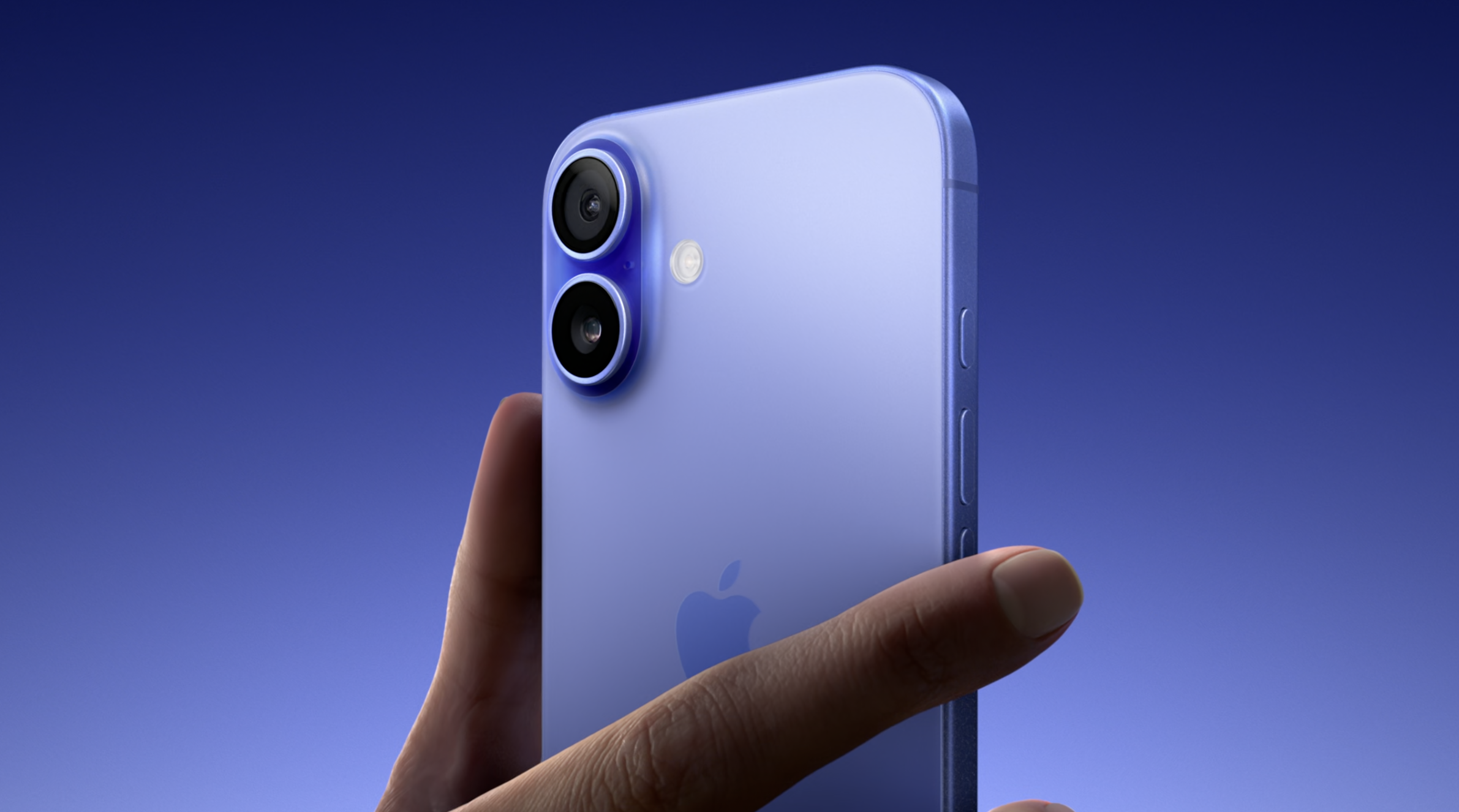
Apple's iPhone 16 series is here, and I'm massively underwhelmed. As a photographer and content creator, there is nothing new about the iPhone 16 Pro or Pro Max models in terms of camera specs that could convince me to buy one. In fact – you'd have to pay me to ditch my current Samsung camera phone and opt for an iPhone 16 Pro instead.
It's no secret that I'm the resident Android fan on Creative Bloq, and while I don't particularly like Apple products, I'm not unreasonable either (I'm typing on a MacBook Pro as we speak). I'm open-minded when it comes to tech, but it seems like Apple might be in a tech crisis right now, and I just don't think it can compete with the latest camera phone models like the Google Pixel 9 series or the Honor 200 Pro (which is endorsed by Rankin).
Some of the best iPhones for photography can evidently capture a great shot, but these devices are only marginally different from their predecessors each year, with minor tweaks and enhancements to the camera hardware. I'll dive into the iPhone 16 camera specs shortly, but it looks like the same thing has happened again this year. Also, where is the AI? Yes, technically Apple Intelligence features are launching soon, which is the company's own version of AI software and generative tools, but I'm yet to see anything here that hasn't already been achieved by Galaxy AI, Google's Gemini, or Microsoft Copilot.

The iPhone 16 Pro and Pro Max share the same camera unit for the very first time, but the main 48MP camera on the iPhone 16 Pro Max is near enough identical to that of the iPhone 15 Pro Max model, with a new "fusion" feature and a larger quad-pixel sensor making it a bit faster. It does however have an improved 48MP ultrawide macro camera (previously 12MP on the iPhone 15) with the same 5x optical zoom, and the ability to shoot 4K video at 120 fps (previously 60fps).
One feature that I really like about the iPhone 16 series is the ability to create 3D spatial photos and videos for viewing with the Apple Vision Pro. I own the Meta Quest 3 (since who can afford the Vision Pro?) and I would love to be able to create spatial content and immersive memories to watch through my VR headset. The iPhone 15 Pro already supported spatial video capture, but not for photos.
There's also the new Camera Control button on the right-hand side of the phone, which admittedly is a pretty cool feature for photographers with haptic feedback and a mechanical click feel, although if we're being honest, it's just a shortcut to the camera app. The ability to lock focus and exposure on a subject is another new feature that has Apple users excited, but I hate to break it to you, Apple is just adding features to the iPhone 16 that Android phones have had for almost a decade.

According to Apple, the Camera Control feature will later be compatible with Apple Intelligence to search for details about objects and places. Sound familiar? That's because it is essentially Google Lens, a feature that already exists on plenty of Android phones, and will likely be a watered-down version of Circle to Search, which is a tool on premium Android smartphones with a stylus to search for visual assets.
But wait, the Apple iPhone 16 Pro has new creative picture styles! So...filters? I'll stop with the sarcasm now. But in all seriousness, if you're comfortable sticking with Apple as your camera phone of choice then that's great. The best camera is the one you have access to after all.
But I'd strongly advise trying out some of the latest camera phones from other brands if you value having the full toolkit to bring your vision to life, or even some of the best budget camera phones can offer more than an iPhone in terms of creative control. See Rankin's 8-step method for smartphone photography success if you're looking for some helpful tips for smartphone shooting.







